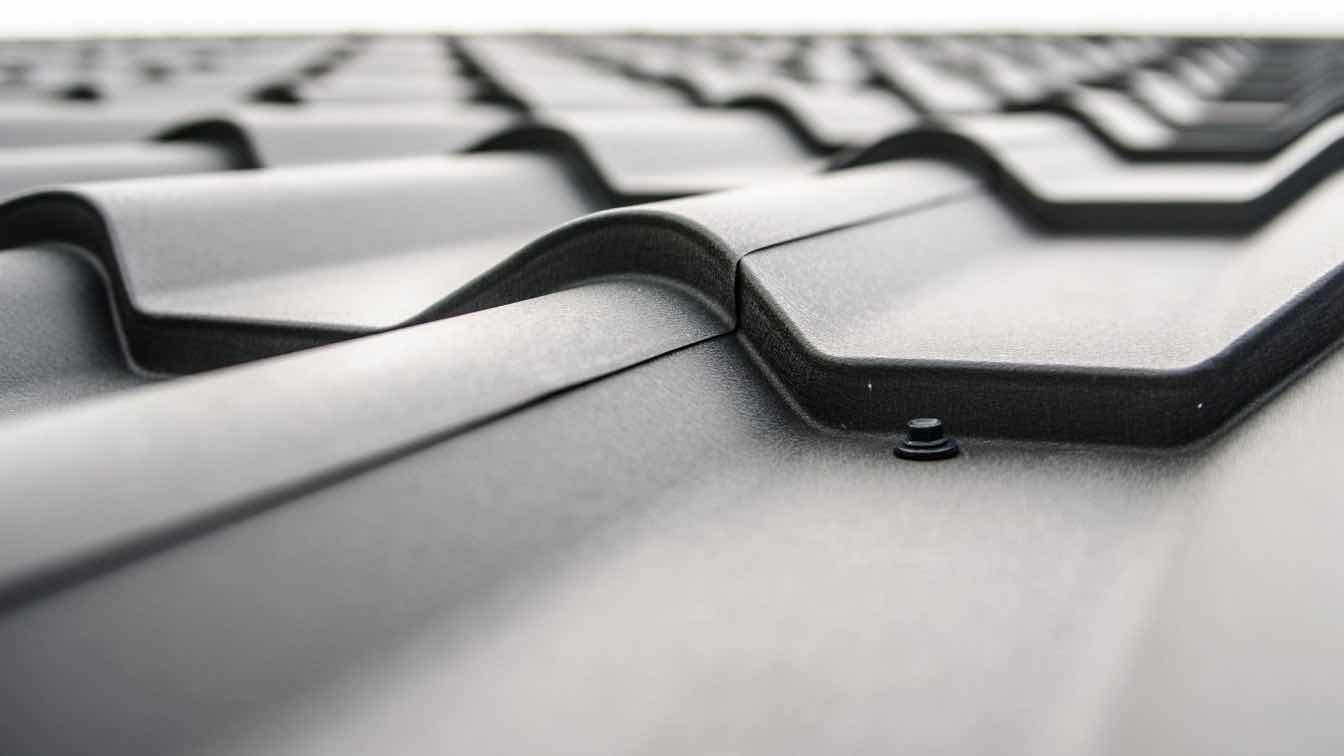Metal roofs are durable and long-lasting, but that doesn’t mean they’re maintenance-free. To ensure your roof stays in top condition, regular inspections and maintenance are crucial. Knowing how often to schedule these checks will help you protect your investment and avoid costly repairs down the line.
Preventative Maintenance Is Key
Preventative maintenance is a great way to extend the lifespan of your metal roof. Applying protective coatings to your roof every few years can help protect it from the elements, including UV rays and moisture. When it comes to prevention, metal roof maintenance in Denver can help you avoid costly repairs by addressing issues like corrosion, loose fasteners, and debris build-up caused by the area's fluctuating weather conditions. Keeping your roof well-maintained with routine checks and cleaning can save you from more expensive repairs or replacements in the future.
Consider Your Roof’s Age and Condition
The frequency of maintenance largely depends on the age and current condition of your metal roof. If your roof is relatively new and still in excellent shape, you can get away with a maintenance check every two years. However, if your roof is older or shows signs of wear and tear, consider having it inspected every year. Older roofs are more prone to issues like rust, loose panels, or wear on the protective coatings, all of which can affect their performance and lifespan.
Pay Attention to the Climate
Where you live plays a big role in determining how often you need roof maintenance. Extreme weather conditions, such as heavy snow, intense sun, or frequent rain, can put extra stress on your metal roof. If you live in an area with harsh winters, it’s essential to inspect your roof at least once a year to ensure snow and ice haven’t caused damage. Similarly, hot, dry climates can lead to corrosion, so more frequent inspections might be necessary to catch problems early.
Snow and Ice: In regions with heavy snowfall, metal roofs are prone to ice dams, which form when snow melts and refreezes at the roof’s edge. This can cause water to back up under the shingles or panels, leading to leaks or even structural damage. It's important to clear snow buildup regularly and inspect the roof after winter to ensure ice dams haven’t formed or caused damage.
High Humidity and Rain: Areas that experience frequent rain or high humidity can lead to issues like rust and mildew on metal roofs. Prolonged exposure to moisture can weaken the metal and cause rust to develop, which will need to be addressed to prevent further deterioration. Scheduling more frequent inspections during the rainy season will help you catch any water damage early and address it before it becomes more serious.
Hot, Dry Climates: In hot and dry areas, the intense UV rays can cause the protective coatings on your metal roof to break down over time. Without this layer of protection, the roof becomes more vulnerable to rust, fading, and other forms of damage. You may need to inspect and apply protective coatings more frequently in these climates to maintain the roof’s longevity and prevent weathering.
Inspect After Major Storms
In addition to regular scheduled maintenance, you should always inspect your metal roof after severe weather events. Strong winds, hail, or heavy rain can cause immediate damage, and it’s important to address these issues as soon as possible to prevent further deterioration. Even if the storm didn’t seem particularly damaging, a quick check can help identify minor issues that could turn into major problems later.
Look for Common Problem Areas
Certain areas of your metal roof are more vulnerable to damage and should be checked more often. These include the seams, fasteners, and flashings. The seams are where panels connect, and if they start to pull apart or loosen, they can lead to leaks. Fasteners that have become loose over time or weathered due to exposure can compromise your roof’s integrity. Flashings around vents and chimneys can also become damaged, allowing water to seep through. Pay extra attention to these areas during your inspections.
Clean Your Metal Roof Regularly
Keeping your metal roof clean is an essential part of maintenance. Debris such as leaves, twigs, or dirt can accumulate and trap moisture, leading to rust or other issues. Ideally, you should clean your roof twice a year - once in the spring and once in the fall. If you live in a tree-heavy area, more frequent cleaning may be required to avoid build-ups that could cause damage. A simple rinse with water can often be enough, but be sure to remove any larger debris by hand to avoid scratching the surface.
Scheduling regular maintenance for your metal roof is essential to keep it functioning at its best. Depending on the age of your roof, the climate, and potential weather damage, you should plan for inspections and cleanings at least once a year. By staying on top of preventative care and addressing any issues promptly, you’ll ensure your roof continues to protect your home for years to come.





